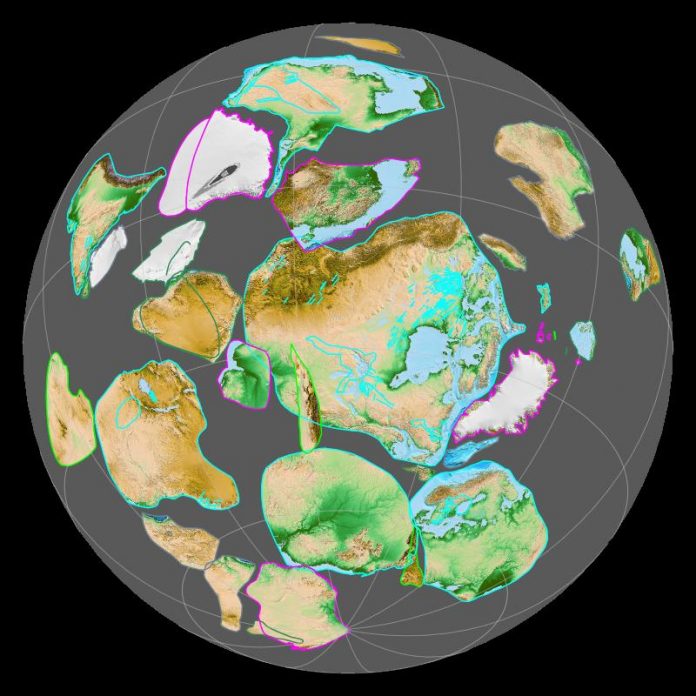
By Jim Brace-Thompson
When my kids were teenagers and I was middle-aged, they determined I was not only embarrassing (arriving at school grounds to pick them up in my antique sky-blue VW Beetle) but also downright boring. So far as my pride-and-joy backyard rock pile goes, my son to this day only shrugs his shoulders and says, “I hope you’ll get rid of all this before you die.” Apparently, he lacks the same keen interest in rocks that “the old man” does. Embarrassing…
Earth, too, apparently suffered from the embarrassment of a “boring” middle age. Per a recent article in the journal Science, while supercontinents have come and gone in tectonic cycles of mountain building and erosion, collision and separation, there was a period when mountain building was nowhere nearly as active as today or as in the far distant past. In fact, there was a two-billion-year period when Earth entered its middle age, a period “boring” in terms of both mountain-building activity and biological evolution.
Thick crust and high mountains formed during the Archean Eon (3.8 to 2.5 billion years ago) and during the Phanerozoic Eon (541 million years ago to the present), but during the Proterozoic Eon (2.5 billion to 541 million years ago), continental crusts proved thin and devoid of super-high mountains and thus shed less sediment. During this period, Earth had what is called the Nuna-Rondinia supercontintent that led to “prolonged orogenic quiescence.”
Oro-what?? A lack of active mountain-building activity. Researchers believe this quiet or “boring” period of Earth history led to less sedimentary material being delivered into the oceans. As a result, there may have been “a persistent famine” of mineral nutrients that stalled the evolution of life in our oceans during Earth’s so-called “middle age.” This created a period both boring and embarrassing for young life still developing and hoping to blossom all across our planet Earth.
Author: Jim Brace-Thompson
 Jim began and oversees the AFMS Badge Program for kids, has been inducted into the National Rockhound & Lapidary Hall of Fame within their Education Category, and is the president-elect for the American Federation of Mineralogical Societies.
Jim began and oversees the AFMS Badge Program for kids, has been inducted into the National Rockhound & Lapidary Hall of Fame within their Education Category, and is the president-elect for the American Federation of Mineralogical Societies.
Contact him at jbraceth@roadrunner.com.
If you enjoyed what you’ve read here we invite you to consider signing up for the FREE Rock & Gem weekly newsletter. Learn more>>>
In addition, we invite you to consider subscribing to Rock & Gem magazine. The cost for a one-year U.S. subscription (12 issues) is $29.95. Learn more >>>
















